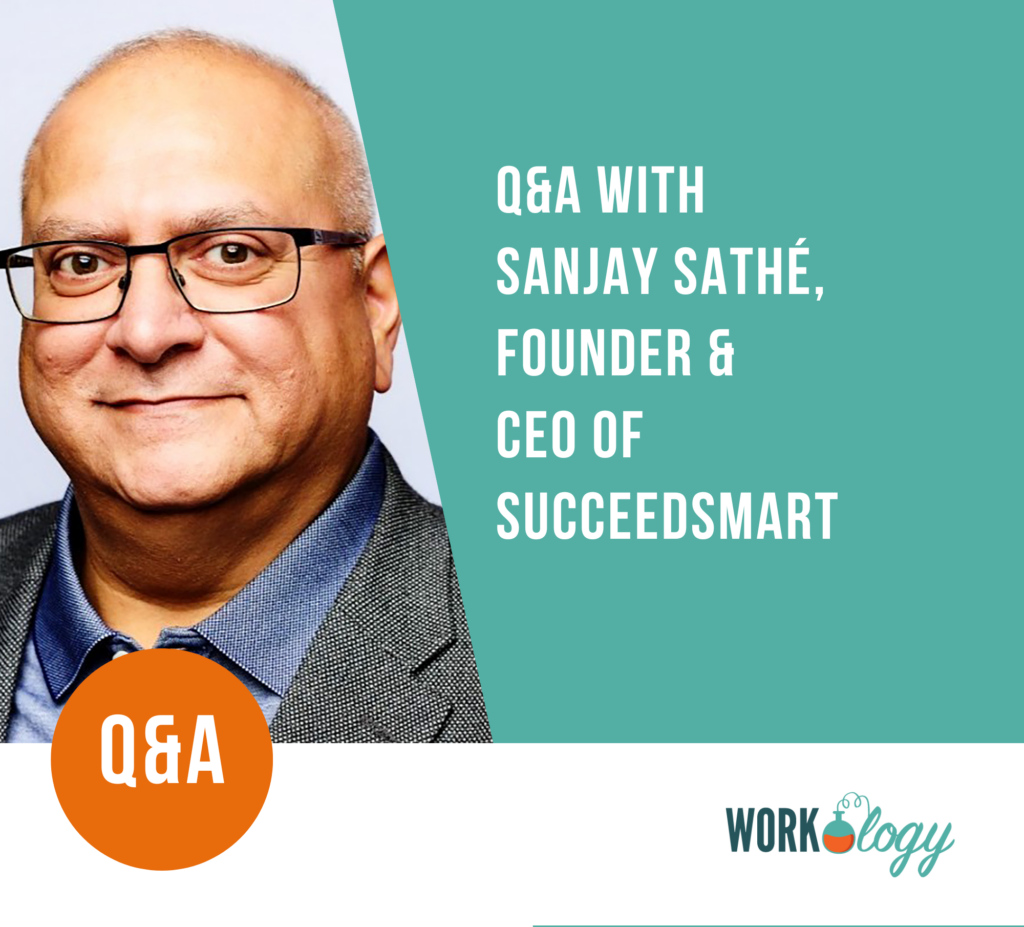In the first part of this two-part series on, we answered the question, What is Emotional Intelligence?. In this part, we’ll share a review of the book Dr. Jason Jones recommended in Part 1, Emotional Intelligence 2.0, along with a few tips from that book to get you started.
How many books earn praise from the Dalai Lama, Steven Covey, the author of The 7 Habits of Highly Effective People, and Ken Blanchard, co-author of The One Minute Manager? This book is worth the praise. Emotional intelligence 2.0, by Paul Bradberry and Jean Greaves is a great read for anyone who wants to work on those skills that can really help a career take off. Bradberry and Greaves address Emotional Intelligence as it relates to the workplace, providing character studies and anecdotes that illuminate the characteristics of workers with high and low emotional intelligence. This is particularly useful because each character study relates to one of the four “skills” of emotional intelligence. As a result, readers can see aspects of emotional intelligence at work and identify those tendencies in their own work.
Getting Along and Thriving in the Workplace
While Emotional Intelligence is relevant in every aspect of our lives, Bradberry and Greaves’ focus on workplace issues makes the book particularly useful for those of us who want to improve our emotional intelligence. Even better, the book comes with a code that allows readers to take an Emotional Intelligence Self-Assessment, so they can understand where their particular strengths and weaknesses lie. (Full disclosure – My pre-assessment showed scores in the 80s. I’m doing OK, but I’ve got a lot more work to do. I will work on these areas and take a post-assessment after a few months of reflection and work.)
Bradberry and Greaves define Emotional Intelligence as the sum of four skills: Self-Awareness – your ability to understand your own emotions and the way you tend to react to situations; Self-management – your ability to use your self-awareness to direct your actions appropriately, especially in times of stress; social awareness – your ability to understand others’ emotions and empathize with them, even when you might disagree; and relationship management – your ability to act on your social awareness to build and maintain relationships.
Even more valuable than their definitions of these important Emotional Intelligence Skills are their strategies for improving these four skills. They note that our brains are capable of acquiring new emotional intelligence skills in the same way we can learn anything else. There’s no way we can cover the breadth of the strategies they offer here, but to give you a sample, here are three of the more than a dozen strategies they offer for each skill.
1. To improve your self-awareness
- Quit Treating Your Feelings as Good or Bad
- Feel Your Emotions Physically
- Keep a Journal about your Emotions
2. To Improve Your Self-management
- Make Your Goals Public
- Sleep on It
- Visualize Yourself Succeeding
3. To improve your social awareness
- Greet People by Name
- Practice the Art of Listening
- Don’t Take Notes in Meetings (this one is sure to be controversial!)
4. To improve your relationship management
- Be Open and Be Curious
- Only Get Mad on Purpose
- Acknowledge the Other Person’s Feelings
Each strategy (and remember, these are just a few of the dozens they provide) offers a couple pages explaining how to implement the strategy.
I hate to laud a book so unconditionally, but I don’t know that I’ve ever read anything as useful to me in my career as this book. I recommend it highly to anyone who is interested in improving their work performance. If you want to get better at your job, I urge you to pick up a copy. Emotional Intelligence 2.0 is available in hardback and paperback, as well as in electronic editions for Kindle, Nook, and iBooks. (iPad and iPhone) At the time of posting, the Amazon Kindle version is the cheapest of all versions by a few dollars.
Disclosure: The author of this review personally paid for the Amazon Kindle version of this book and has had no contact with the authors or the publisher.









